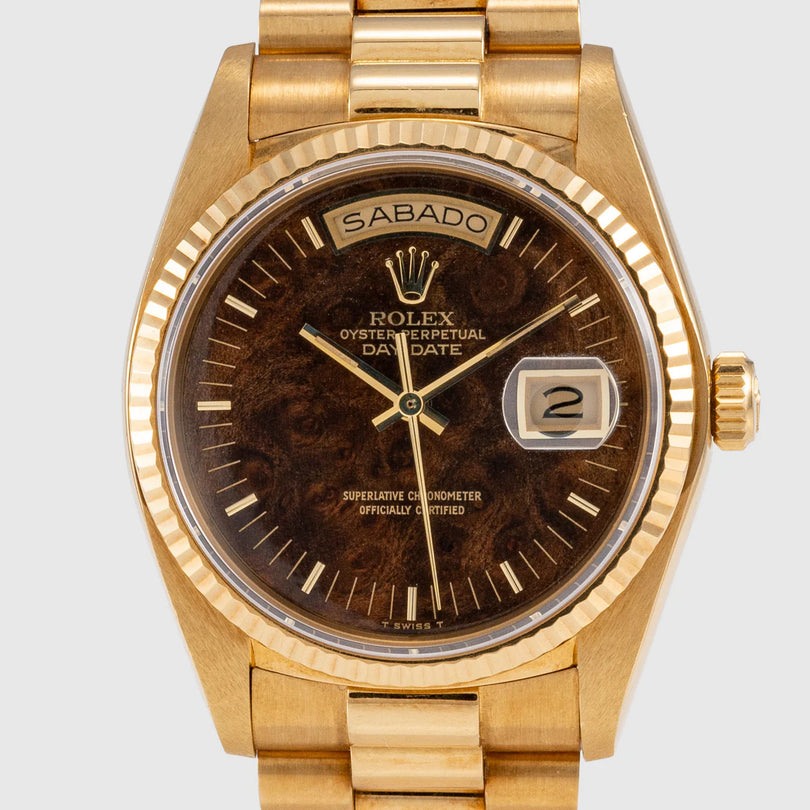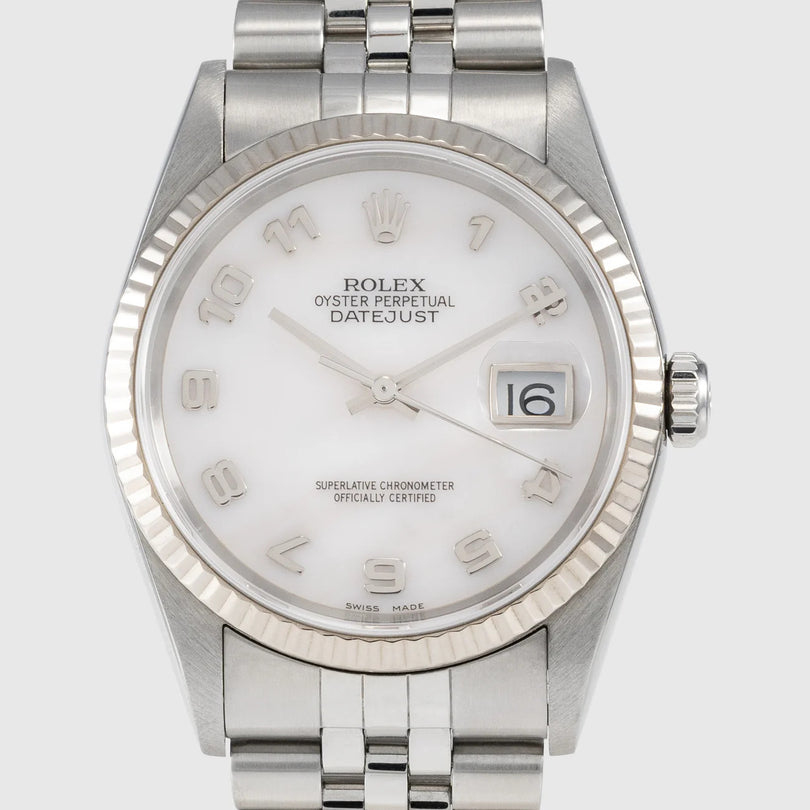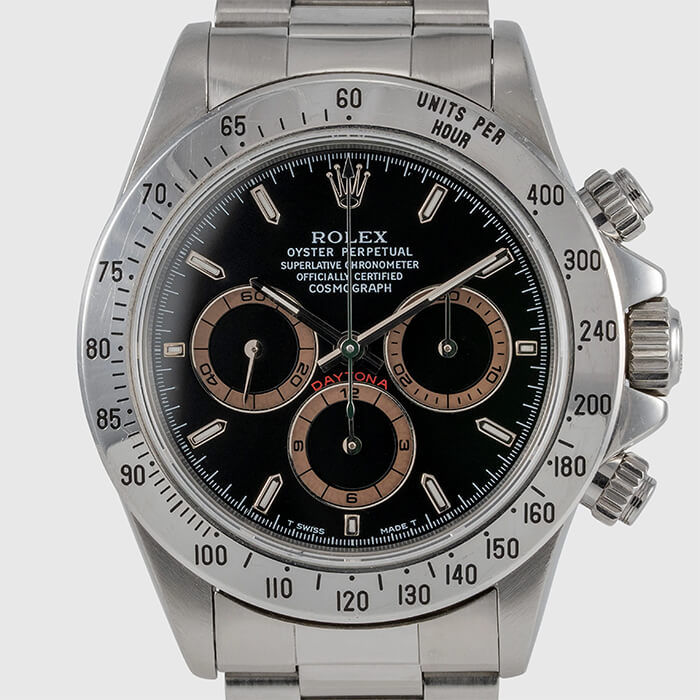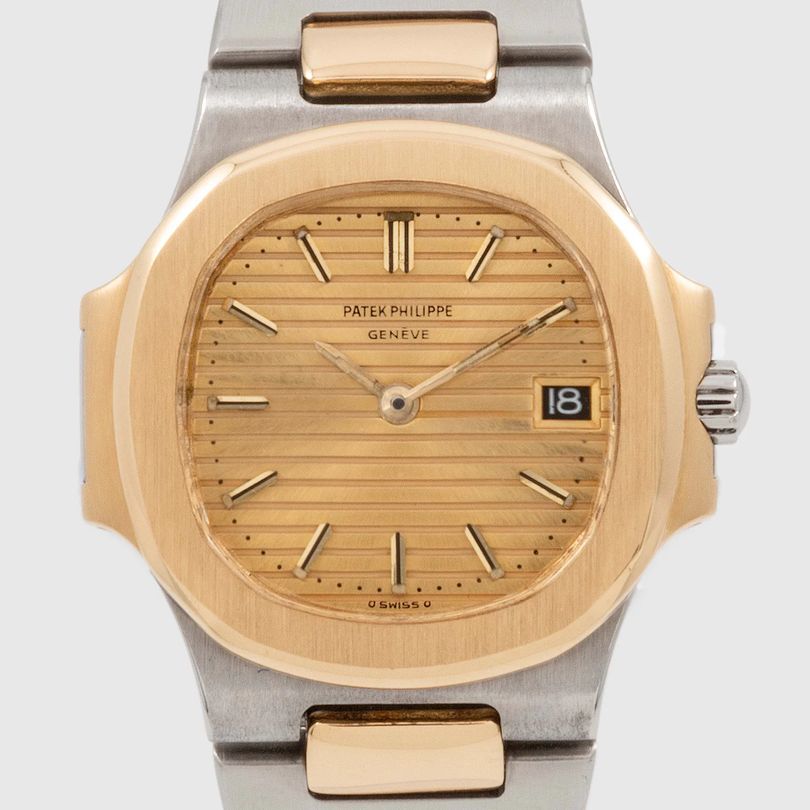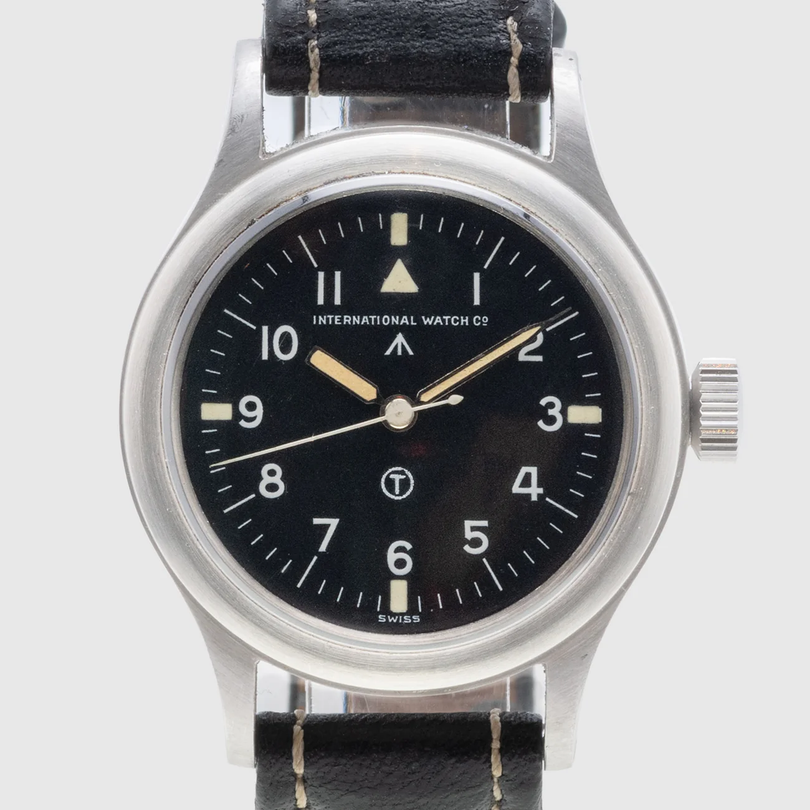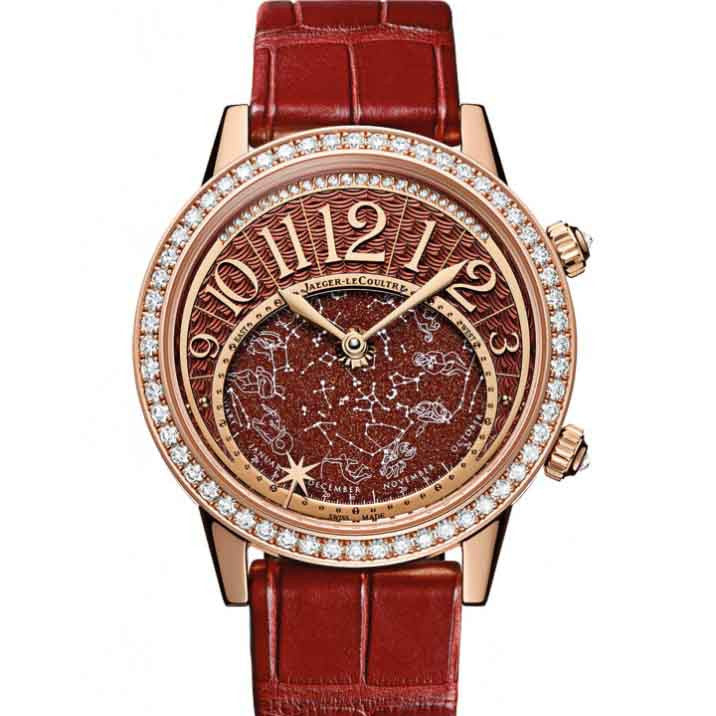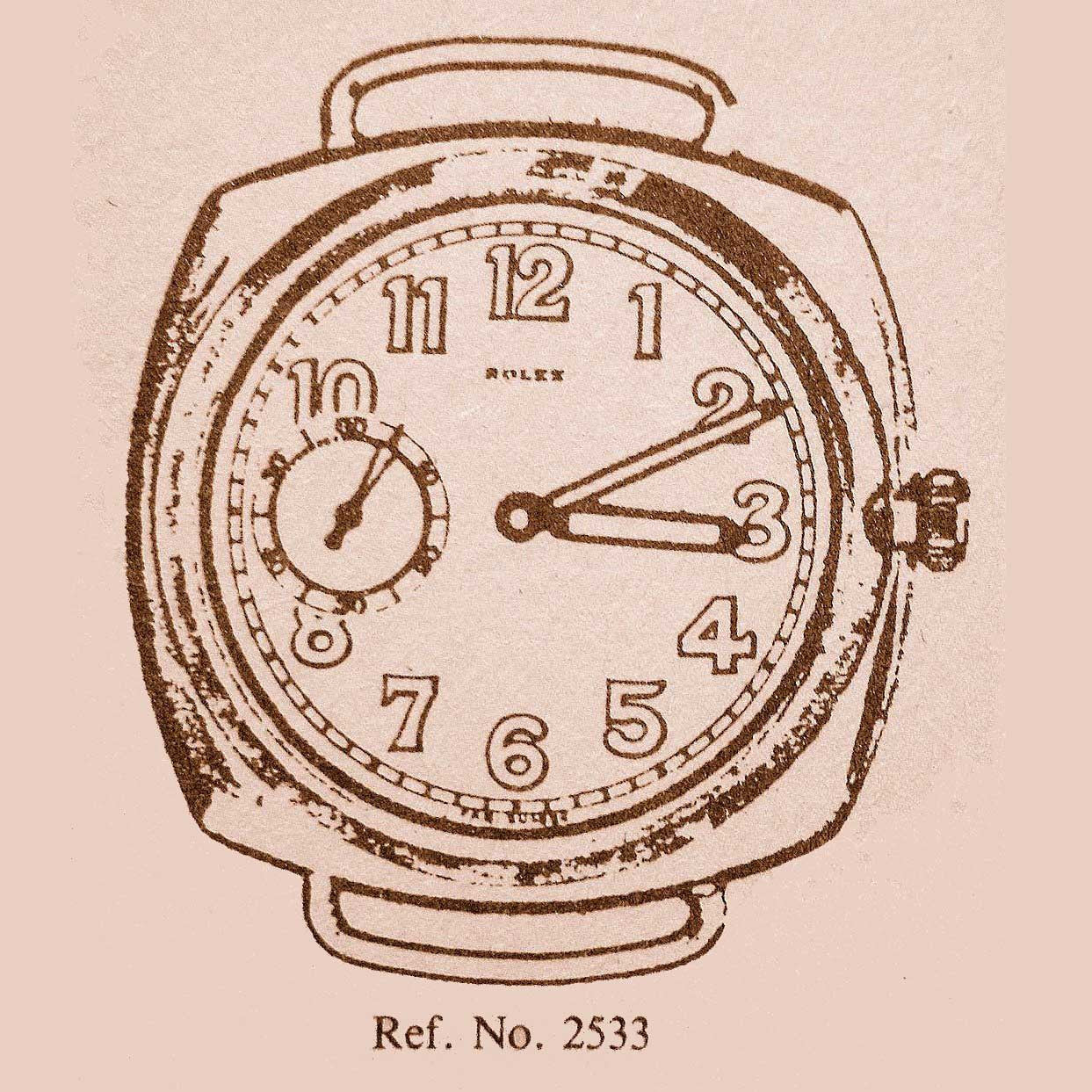Specifically designed for pilots and aircrew, aviation watches were produced primarily from the WW II through the late 60s, by a host of manufacturers, the likes of IWC, Breitling, Longines, Breuget, Blancpain, JLC, Hamilton, and a few others.
At the beginning, most of these watches were basic l 2/24hour military timekeepers, quite large in size, with large dials and crowns too, for optimum visibility and grip. The primary purpose for many of these watches was to provide aircrews with something to determine time, since in those days (30s - 40s) many people either did not own a watch or, if they did, it was not up to a standard timekeeping specification.

Developed in 1932 to help pilots find their way across the Atlantic Ocean in a crude plane, The Longines Lindbergh Hour Angle, named after Charles Lindbergh, is a deceptively complicated timepiece. It allowed pilots and navigators to calculate their longitude during long distance flights by using time and the rotation of the earth - as the earth makes a full rotation around itself in 24hours and its rotation corresponds to 360°. Though today the Hour Angle is not in use any longer for navigation, it represents a rich piece of history from a time when watches were merely tools and pilots relied mostly on their wits to get from A to B.

In 1936 IWC launched its first Special Pilot's Watch which featured a rotating bezel with an arrowhead index that could be used to register take-off times. It was also fitted with an antimagnetic escapement, a novelty at the time. In response to the high interest received for this model, IWC went on to develop the Big Pilot's Watch 52 T. S. C. with a central seconds hand, which it launched in 1940, followed by the now legendary Pilot's Watch Mark 11, in 1948, equipped with 89 calibre and a soft-iron inner case to protect against magnetic fields.
Over the next decades IWC continued to grow the Big Pilot watch family with Mark XII (1994), the Pilot's Watch UTC (1994) and five classic pilot's watches in a modified design (2006).

Part of the original classic aviator watch club is The Breitling Navitimer World launched in 1942. Breitling developed the Navitimer range as well, adding the Navitimer 01, certified C.O.S.C , and featuring the in-house Breitling B01 movement, and, like all Navitimers, a dial that includes three concentric rings of markers that essentially transforms the watch into an analogue computer. It’s also the only wristwatch chronograph in continuous production for more than 50 years.

